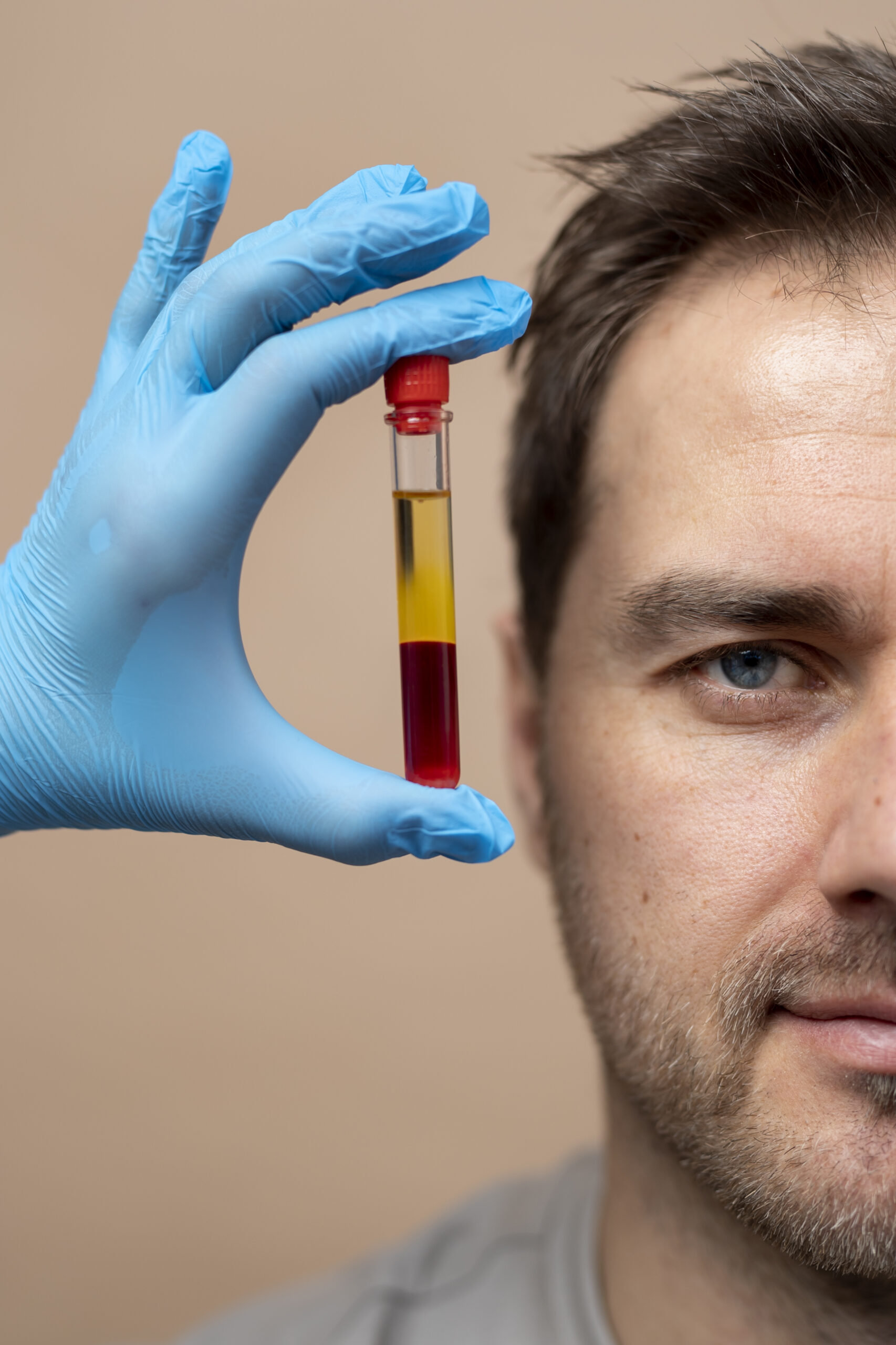Introduction
At Clínica Facialia, located in Silla, Valencia, we specialize in advanced periodontal treatments and comprehensive care for oral diseases. Periodontal diseases, particularly gingival hyperplasia, are often influenced by a combination of genetic predisposition, lifestyle habits, and oral hygiene practices (Sanz et al., 2020). This report presents a clinical case of a patient suffering from gingival hyperplasia and periodontal disease, outlining the diagnostic process, treatment approach, and prognosis.
Reason for Consultation
A 21-year-old male presented to our clinic complaining of severe gum pain, itching, and bleeding, particularly during tooth brushing. Clinical examination revealed swollen and erythematous gingival tissues. Despite experiencing chronic inflammation since adolescence, the patient had never reported significant pain until recently.
Medical and Dental History
- Previous illnesses: No history of systemic diseases.
- Substance consumption:
- Alcohol: More than eight beers per week.
- Tobacco: Ten cigarettes per week.
- Snus: Daily use.
- Oral hygiene: Poor; brushes only once a day and does not use dental floss.
- Dental visits: Infrequent.
Evaluation and Diagnosis
Orofacial and Periodontal Examination
Clinical examination revealed bruxism without pain. The patient’s maximum oral opening was limited to 38 mm, which improved following intraoral massage and lidocaine application.
Radiographic evaluation, including periapical and panoramic X-rays, showed deep periodontal pockets (4 mm in molars, 2 mm in incisors) and gingival recession in teeth 2.3, 2.4, and 2.5. The patient had a thick gingival biotype in the anterior region and a thinner biotype posteriorly. Based on these findings, the diagnosis was stage 1, grade C localized periodontitis (Caton et al., 2018), likely exacerbated by Snus use.
Differential diagnoses included juvenile spongiotic gingival hyperplasia and necrotizing gingivitis. However, further histological assessment was recommended to confirm the diagnosis.
Treatment Plan
Phase 1: Biofilm Control and Risk Factor Management
Initial therapy focused on patient motivation and oral hygiene improvement. A key step in advanced periodontal treatments is to ensure biofilm control, so professional cleaning was performed, followed by air-polishing and plaque-disclosing tablets. The patient was educated on proper brushing and flossing techniques. Given the strong correlation between Snus use and gingival inflammation (Javed et al., 2019), cessation was strongly advised.
A follow-up appointment was scheduled six weeks later to monitor progress.
Phase 2: Inflammation Reduction and Subgingival Scaling
Following the initial phase, subgingival scaling and root planing were performed. Local and systemic antimicrobials were introduced to mitigate infection.
Despite treatment, persistent gingival inflammation suggested an allergic or inflammatory reaction to Snus, leading us to reconsider the patient’s risk factors and exposure. As part of our advanced periodontal treatments, we customized the next steps to improve the patient’s response.
Phase 3: Gingivectomy and Gingival Volume Reduction
Given the patient’s persistent hyperplasia, surgical intervention was necessary. A gingivectomy with gingival thinning was performed using a scalpel and round bur. The aim was to enhance esthetics and remove excess tissue.
Post-operative care included chlorhexidine mouthwash, anti-inflammatory medication, and pain management. A follow-up evaluation was planned for four months post-surgery to assess tissue response and healing.
Phase 4: Maintenance and Continuous Reevaluation
Maintaining periodontal stability is critical in periodontitis management (Herrera et al., 2022). The patient was scheduled for quarterly check-ups in the first year, transitioning to biannual visits if improvement was observed.
Each appointment included:
- Reassessment of risk factors.
- Periodontal charting.
- Biofilm evaluation.
- Targeted scaling and cleaning as needed.
Complications: Angioedema and Medical Evaluation
At a later visit, the patient exhibited sudden-onset swelling in the lower lip, indicative of angioedema. No pain was reported, but physical examination revealed a well-defined mass. He was referred to an allergist in Oslo for further assessment. Corticosteroid ointment was prescribed by his general physician.
Since angioedema can be linked to hematologic conditions such as multiple myeloma and lymphoma (Kazandjieva & Christoff, 2019), additional laboratory testing was recommended. However, financial constraints prevented the patient from undergoing these evaluations.
Prognosis and Follow-up
- Dental prognosis: Uncertain due to continued Snus use and inconsistent oral hygiene.
- General prognosis: Dependent on risk factor modification and treatment adherence.
- Follow-up plan: Regular periodontal evaluations and specialist referrals to address the lip anomaly.
Conclusion
Despite achieving periodontal stability through both surgical and non-surgical interventions, the patient’s poor oral hygiene habits and continued Snus use present challenges. According to Pinto-Filho et al. (2018), tobacco and alcohol use significantly increase the risk of periodontal deterioration, reinforcing the need for behavioral modification.
At Clínica Facialia, we remain committed to providing advanced periodontal treatments and ongoing patient education to enhance oral health outcomes. Our goal is to ensure long-term periodontal stability for all our patients.
X- rays

Foto despues de tratamientos en la fase uno y dos

OPG después de extracción de muelas del juicio


Foto después de dos semanas en el maxilar superior y comenzando el tratamiento en la mandíbula

Serie periapical

Fotos orales

Fotos de los labios

Evolución de las encías

Imagen 1.

This image was taken from the article published in 2014 by Cicardi et al. 2014(Cicardi et al., 2014)
S
Fotos iniciales antes de la higiene

Biofilm dental

Serie periapical

Foto después de la limpieza

Foto de los labios

Conclusion
Despite achieving periodontal stability through both surgical and non-surgical interventions, the patient’s poor oral hygiene habits and continued Snus use present challenges. According to Pinto-Filho et al. (2018), tobacco and alcohol use significantly increase the risk of periodontal deterioration, reinforcing the need for behavioral modification.
At Clínica Facialia, we remain committed to providing evidence-based periodontal care and ongoing patient education to enhance oral health outcomes.
For personalized consultations and advanced periodontal treatments, contact us at:
Clínica Facialia, Silla, Valencia.
📞 Phone: 961776426
🌐 Website: facialia.com



